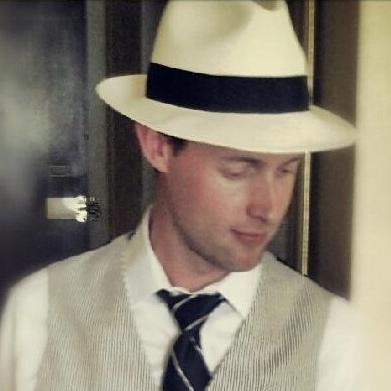Jun 8
2016
To Predict Healthcare’s Future: Look to Education
Guest post by Edgar T. Wilson, writer, consultant and analyst.
The current plight of America’s healthcare industry is not wholly unprecedented. In fact, it isn’t even unique.

American education — higher education in particular — is going through a parallel period of turmoil and scrutiny. It is really uncanny how closely the two industries actually reflect one another. Consider:
- Both are critical industries whose public/private status is up for constant debate
- Both serve an essentially captive market: everyone needs education to succeed in the economy, and everyone, sooner or later, will require some form of healthcare
- There has been a historical tendency for both to treat the people they serve as customers, rather than as students or patients. It is more than semantics: it is a reflection of an underlying philosophy that can potentially compromise the mission of each type of institution
- Both are going through a crisis of accountability, in terms of what standards are used to measure their performance, and to whom they must answer for that performance
- Both have been very slow to adopt modern technology, and as a result are going through a rapid, disruptive catch-up period
In the race to modernize and reconcile many of these conflicts of purpose and identity, it appears that higher education as a whole may be slightly ahead. Because of this relative lead on the healthcare industry, behavior within the American college and university system can act as a rough preview for the health sector. So, what do we see upon gazing into this crystal ball?
All for One?
A helpful place to direct this gaze is the recent ASU GSV Summit. The name alone reveals much about what is happening in higher education, and needs to happen in healthcare: Arizona State University, in the interest of promoting innovation, collaboration, and evolution in the higher education sector, joined forces with Global Silicon Valley’s family of companies to create their joint summit.
The summit began in 2009, seven years into the tenure of ASU president Michael Crow, who has become one of the leading voices and actors in higher education’s 21st century evolution. The summit is just one of the many strategic partnerships Crow has helped organize through ASU. Aligning the school with everything from technology startups supporting the development of ASU’s online degree programs, to the Mayo Clinic Medical School to offer future doctors transdisciplinary education in fields like business or engineering, Crow is expanding the reach of America’s largest public university by strategically sharing its resources.
In American medicine, there is a clear need for a similar attitude toward strategic partnerships and mission alignment, especially with technology companies and developers. This need is most acute in terms of EHR interoperability. Despite all the rhetoric, the old mentality of siloes, competition, and proprietary ownership prevail, and information remains immobile.
This symptom has implications that extend into every other facet of healthcare.
Patrick Soon-Shiong, billionaire, surgeon and incorrigible optimist, has set his sights on curing cancer. Much like the Precision Medicine Initiative, Soon-Shiong’s approach to this challenge is a matter of getting more, better data from as many partner institutions as possible.
“Cancer is really a rare disease,” he explains. “Because of the molecular signature, because of the heterogeneity, no single institution will have enough data about any [single] cancer. So you actually need to create a collaborative overarching global connected system.”
The end result — better medicine, better outcomes — is something common to the mission of every clinical organization, and ever caregiver practicing medicine. But the means — large scale collaboration, facilitated by transparency and a suspension of select elements of competition — are seldom realized in the current environment. Reconciling the ends and the means requires organizations to think bigger than themselves, and prioritize the sort of partnerships that bring new perspectives, larger pools of data, and creative solutions where they are desperately needed.